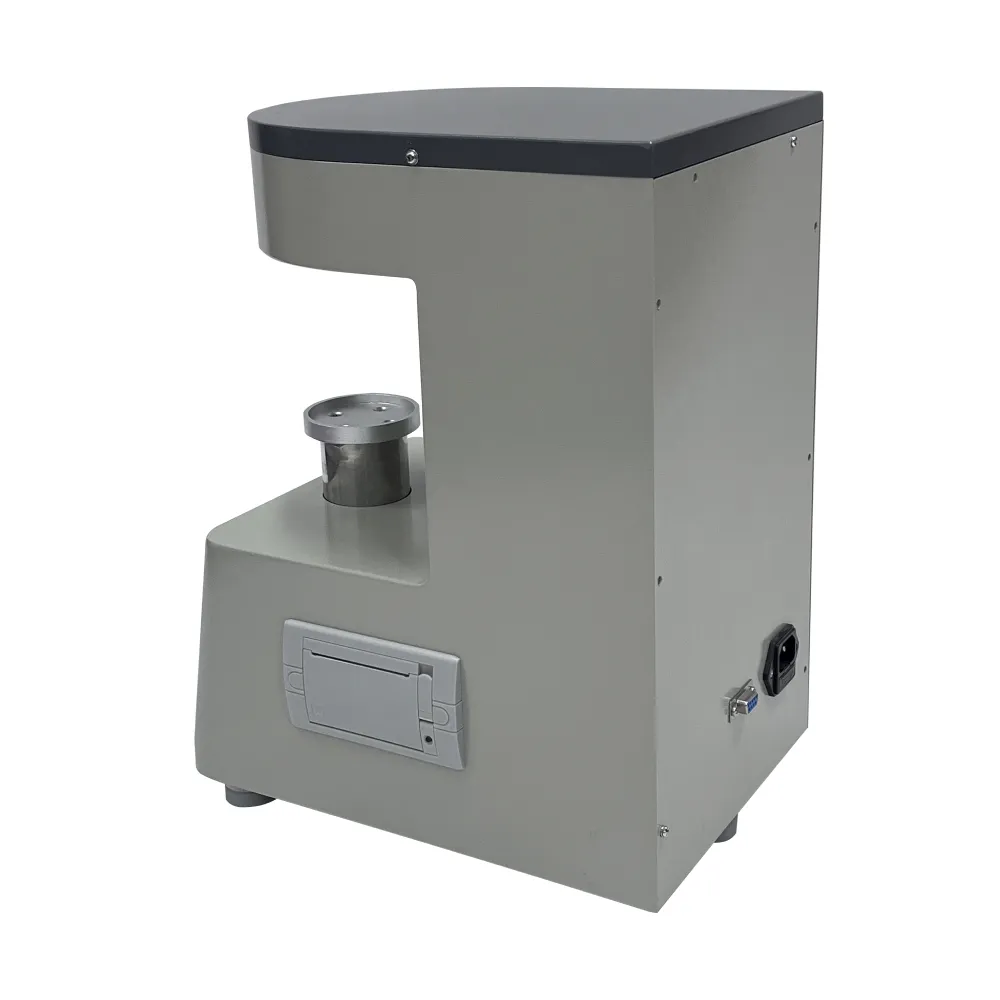 English
English


Testing and Evaluation of Rectifier Transformers for ESP Applications
Testing of ESP Rectifier Transformers A Comprehensive Overview
Electricity is the lifeblood of modern society, and the efficient transformation and distribution of this energy is crucial for both industrial and domestic applications. Among various components involved in this process, the electrostatic precipitator (ESP) plays a vital role in air pollution control, particularly in industries such as power generation, cement, and steel. At the heart of an ESP system lies the rectifier transformer, a critical component that ensures the efficient conversion of AC to DC power needed for the operation of the ESP. This article explores the importance of testing these rectifier transformers, the methods used, and the potential challenges that may arise during the process.
Importance of Testing Rectifier Transformers
Rectifier transformers are designed to provide the necessary voltage and current to operate the high-voltage rectifiers in an ESP system. Given their importance, it's essential to ensure that these transformers operate reliably and efficiently. Testing rectifier transformers not only helps in identifying potential issues but also in prolonging the equipment's lifespan and optimizing operational efficiency. Regular testing can prevent catastrophic failures, reduce downtime, and save on maintenance costs.
Testing Methods
Various testing methods are employed to evaluate the performance and reliability of ESP rectifier transformers. Some of the most common testing procedures include
1. Insulation Resistance Testing This test measures the insulation resistance of the transformer windings and ensures that they are capable of withstanding high voltages without failure. A low insulation resistance indicates possible deterioration of the insulation material, which could lead to grounding issues or short circuits.
2. Power Factor Testing This test assesses the power factor of the transformer insulation system. A low power factor can indicate moisture ingress or deterioration of the insulation, which could compromise the operational integrity of the transformer.
esp rectifier transformer testing

3. Transformer Turns Ratio (TTR) Testing This involves measuring the ratio of the number of turns in the primary winding to the number of turns in the secondary winding. An incorrect turns ratio can lead to improper voltage levels being supplied to the ESP, affecting its performance.
4. Load Testing This test verifies the transformer's performance under actual load conditions. By applying a known load, technicians can assess the transformer’s efficiency, analyzing factors such as temperature rise and voltage regulation.
5. Circuit Continuity Testing Ensuring that the electrical circuit within the transformer is complete and without any unexpected resistances is crucial for the proper functioning of the equipment.
Challenges in Testing
While testing is critical, it also comes with challenges. The testing process can be time-consuming and may require temporary shutdowns of the equipment, which can impact production schedules. Moreover, the high voltages and currents involved in rectifier transformers necessitate stringent safety precautions to protect personnel and equipment.
Environmental factors, such as temperature and humidity variations, can also affect test results and, therefore, must be carefully controlled during testing. Additionally, technicians must be well-trained and equipped with the necessary tools and instruments to ensure accurate testing and analysis.
Conclusion
In conclusion, the testing of ESP rectifier transformers is an essential practice that can enhance operational reliability and efficiency while minimizing potential hazards. By employing various testing methods, technicians can identify issues early, thus facilitating timely maintenance and repairs. While there are challenges associated with the testing process, the benefits outweigh them, making it a necessary procedure for industries that rely on ESP systems. Investing in robust testing practices not only preserves the integrity of the rectifier transformers but also contributes to cleaner air and sustainable industrial operations.
-
Differences between open cup flash point tester and closed cup flash point testerNewsOct.31,2024
-
The Reliable Load Tap ChangerNewsOct.23,2024
-
The Essential Guide to Hipot TestersNewsOct.23,2024
-
The Digital Insulation TesterNewsOct.23,2024
-
The Best Earth Loop Impedance Tester for SaleNewsOct.23,2024
-
Tan Delta Tester--The Essential Tool for Electrical Insulation TestingNewsOct.23,2024





